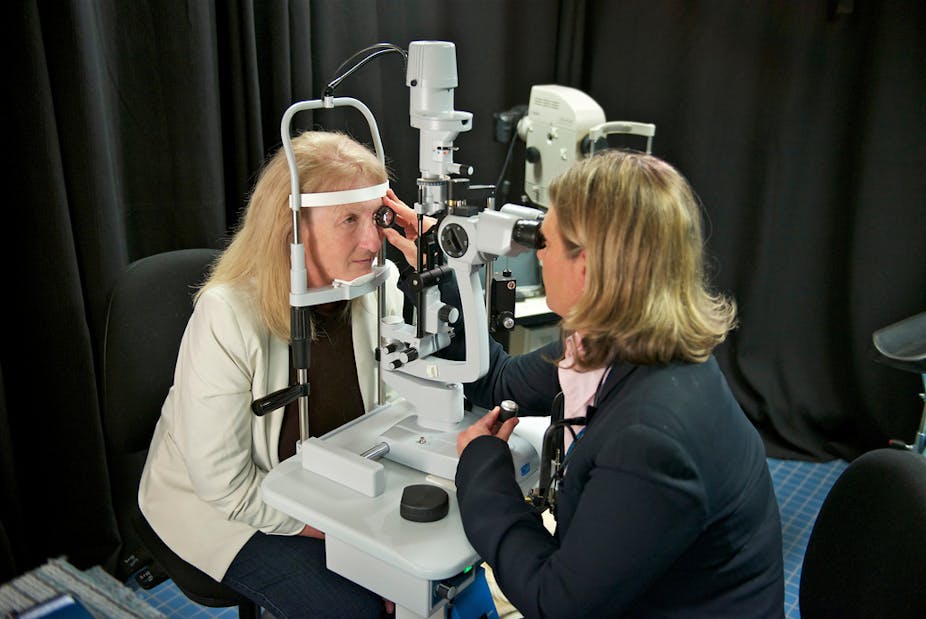Researchers from Bionic Vision Australia have implanted an early prototype bionic eye, helping a woman with profound vision loss to experience flashes of vision.
Bionic Vision Australia, which includes researchers from the University of Melbourne and the University of New South Wales, said this major development fulfilled their best expectations, giving hope that further development can achieve useful vision.
Patient Dianne Ashworth, who has profound vision loss due to the inherited condition retinitis pigmentosa, had the implant switched on last month after recovering from surgery.
“I didn’t know what to expect, but all of a sudden, I could see a little flash…it was amazing,” Ms Ashworth said.
“Every time there was stimulation there was a different shape that appeared in front of my eye.”
The early prototype Ms Ashworth has received consists of a retinal implant with 24 electrodes. The implant was positioned behind the retina during surgery led by Dr Penny Allen, a specialist surgeon at the Centre for Eye Research Australia.
“This outcome is a strong example of what a multi-disciplinary research team can achieve,” said Professor Anthony Burkitt, Director of Bionic Vision Australia.
The next step will be to include an external camera in the prototype.
The race by researchers to develop a bionic eye that can give people useful vision is being run around the world, and Anthony Hall, associate professor at Monash University, said this was an important milestone for Bionic Vision Australia.
However, he said work with similar devices in humans had been going on for more than four years.
“It’s a huge breakthrough for them, but in the grand scheme of things it’s not a great breakthrough.”
The challenge remains moving beyond delivering vision of basic shapes and flashes of light.
Professor Hall said the final implants will have over a thousand electrodes, which in this scenario are like pixels – the more that can be delivered the clearer the vision is likely to be.

